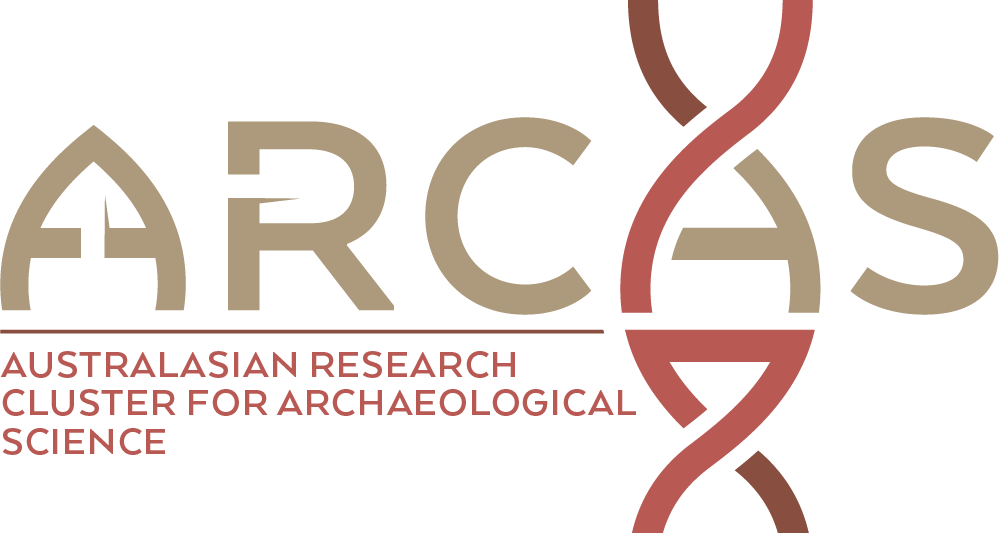Social networks and similarity of site assemblages
Publication date: April 2018Source:Journal of Archaeological Science, Volume 92 Author(s): Habiba, Jan C. Athenstädt, Barbara J. Mills, Ulrik BrandesThere have been a number of similarity measures developed in a variety of research domains. Generally, these measures are developed for a specific context and later reused in other contexts and applications, depending on their ease of use and perceived applicability. While there might be statistical reasons to use a particular similarity index, the results of other measures should be taken into account as well, as various similarity measures do not necessarily have similar contextual meaning. Two entities can be similar with respect to a certain similarity criterion but may be distinct in terms of another. Thus, an understanding of the mathematical logic behind a method is crucial to the interpretation of the resulting network of similarities. We review a number of methods from the literature, for constructing similarity networks among disparate entities, regarding their applicability on data from archaeological sites. Formally, given an N X p matrix of N entities with p distinct classes of attributes, how are the entities comparable to each other with respect to the kinds of attributes they share? We distinguish three qualitatively different families of similarity measures for deducing relationships among entities that may meaningfully map onto various distinct social phenomena, such as migration, material acquisition, and movement of goods and skills, among others. Entities can be compared based on: (a) non{uniform weighting of attributes, (b) asymmetric dominance relationships, and (c) rank correlations. We ground the significance and distinction of these classes of measures by giving comparative and contextual examples of selected methods on a case study of archaeological collections pertaining to 1200–1500 CE from the US Southwest region. We attempt to elucidate the differences in outcomes and their meanings when choosing various similarity methods for comparing disparate entities.
